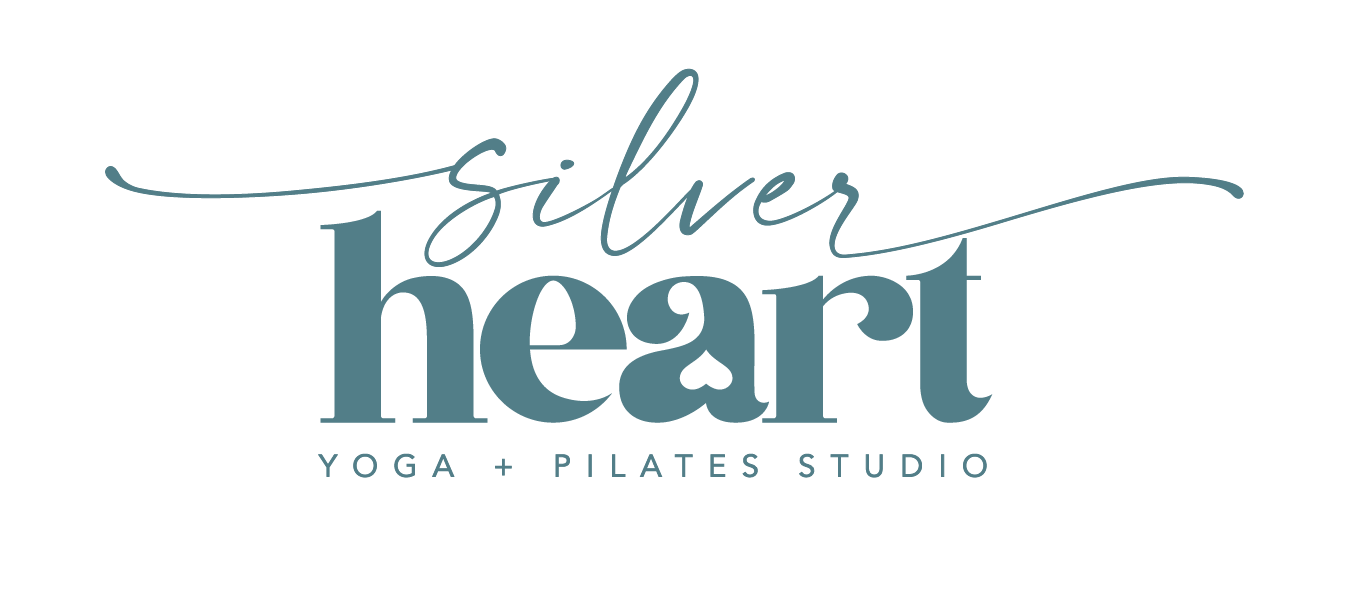How much protein do we need?
Remember the low-fat stage?
We are now there with how much protein to eat each day.
You see it everywhere. This is a better stage after talking with Maria Dellanina, RDN.
I realized I would ask Maria questions about our protein needs instead of just looking at Instagram or podcasts where I don’t know the person speaking!
Mary: What is protein?
Maria: Protein is a macronutrient. There are three main macronutrients (which means they provide energy/calories): protein, fat, and carbohydrates. Protein provides structure to every body part, such as skin, muscle, and bone. It allows us to move our bodies physically, supports our internal communication systems, such as our nervous system and hormone function, supports our immune system, protects against infection and disease, and preserves lean muscle mass.
Mary: Can you tell me about amino acids and what they have to do with Protein?
Maria: Protein is composed of 20 amino acids. Different protein sources contain different amino acids. We need to eat a variety of amino acids to get all of our 20 amino acids in. The body uses amino acids to build proteins that back up and support our body, such as the health of our skin, nails, hair, bones, and muscles.
Mary: Can you be a vegan/vegetarian and get enough protein?
Maria: Yes, you can be a vegan or vegetarian and meet your protein needs, but you have to be thoughtful about meal planning and ensure you are eating various plant-based proteins (mostly from whole foods).
Mary: What is the current science on how much protein you need daily?
Maria: The general recommended baseline amount is .8 grams per kilogram of body weight. One kilogram contains 2.2 lbs. I prefer to consider 20- 30 (up to 45g) grams at meals (three meals) and 7-15 grams for snacks.
According to Maria, she asked what your goal for adding more protein to your body is.
Do you want to add muscle?
Are you doing a lot of weightlifting?
Are you feeling sluggish and think protein may be the answer?
Is your dr. recommending more protein?
You can experiment with different types of protein and amounts to see how you feel about what you are taking in.
Mary: What are your ways to add protein to your meals and snacks
Maria: I eat meat nearly once per day, I have a lot of beans/lentils, I use Greek yogurt a lot (nearly daily), I add some milk to smoothies, and I use a protein powder a few times per week. I like to add nuts or seeds to my yogurt, oatmeal, and salads. You don’t need much of them.
Here are some other ideas on getting the protein that works with your goals.
~Scoop of peanut butter on banana, celery, apple, or strawberries.
~Nutritional yeast has 5 grams of protein, and I like to mix it into sauce, popcorn, pasta, or salad.
~Hemp hearts have 10 grams of protein and are great to add to yogurt, smoothies, and oatmeal.
~If you tolerate milk, add some to a smoothie.
~A hard-boiled egg has 7 grams of protein.
~Cheese: 6-10 grams per ounce
~Beans and Lentils have 6-9 grams per ½ cup, so make a Bean salad as a side dish or snack.
~Tofu has 20 grams per 1 cup.
~Add quinoa (4 grams) to egg muffins.
~Chicken salad as a snack on crackers or for lunch
~Cottage cheese (25 grams) with a favorite fruit.
~Edamame- snack or appetizer (10grams)
~Mixed nuts - 6 grams per ounce
~Vanilla Protein powder in your coffee, smoothie, or yogurt
~Meat and fish are about 7 grams per ounce, which in a 3 oz piece, you will get 21 grams
Maria: Most people don’t get enough protein in their breakfast. If you can audit what you eat at breakfast to start your day on the right foot, your body will be set up for a good start.
Mary: What is your favorite protein powder, and why?
Maria: I don’t have a “favorite” protein powder, but my digestive system can manage them. I suggest buying samples from different companies to see what works for your gut. If you have digestive concerns, look for brands that avoid artificial sweeteners, sugar alcohols, and gums. Some people don’t tolerate “whey protein” well, so you could try a plant-based powder or one that does not use whey. Lately, some of my clients have tried Wicked Protein (a clear protein) https://www.wickedprotein.com/ and Prime Protein from Equip https://www.equipfoods.com/
Mary: What are your thoughts about granola bars/protein bars as snacks?
Maria: I personally don’t like granola bars, but that is personal. I prefer people focus on meals instead of snacks. We may not need it. A snack if we get enough protein, carbohydrates, and fat at each. If you need a snack, make it a whole one, such as the ones I’ve told you about above.
If you love a protein bar, here are some things to look out for when choosing one:
200-300 calories, 8g protein or more, 3g fiber or more, less than 6g added sugar, less than 3g saturated fat.
We are all busy, and meal planning seems super overwhelming. Start preparing for your day by having the protein sources you enjoy available in your refrigerator at the beginning of your week.
Being prepared makes getting your daily protein needs much more effortless.

